The best film cameras to experience the timeless beauty of film.
Nowadays, people are looking for film cameras for aesthetics, nostalgia, as a learning experience, to slow down their process, and for unique features.
Film photography is coming back and more and more professional shooters prefer taking studio and urban photos with 35mm films.

Film cameras have the advantage over digital ones, producing photos with a much higher resolution. The number of pixels per inch in film can vary, but a standard 35mm film can give you around 6,800 x 9,600 pixels, equivalent to an 8 x 10 print.
This resolution surpasses that of many high-end digital cameras. This higher resolution allows for greater flexibility in enlarging or cropping your photographs, and it helps reveal subtle details that might be missed otherwise.
One of the main reasons many photographers choose film over digital is the natural and authentic look it provides. Film has a unique warmth and analog aesthetic that digital cameras struggle to replicate. It adds a certain charm and character to the images that digital can't quite match.
The film effect can be achieved with color correction in Lightroom. But the pictures are not so “lively” and natural as a result.
Choose a model from one of the largest camera brands of the 70th: Leica, Hasselblad, Canon, Nikon, Pentax, Makina, Pentax or Fujifilm. They are all user-friendly, durable but some of them can be quite expensive.
Some of these models have a fixed lens and a built-in exposure meter, while other devices have aperture priority or shutter priority.

The EKTAR H35 is a fantastic option for beginners and those who want a fuss-free experience with film photography. It's super easy to use, making it great for newcomers to the medium.
However, don't let its simplicity fool you – experienced photographers can also have a blast with this camera.
One big advantage is the wide range of lens options available for Kodak EKTAR H35. This allows you to experiment and get creative with your shots. Plus, the camera makes it a breeze to create diptychs, which can add a unique touch to your photography projects.
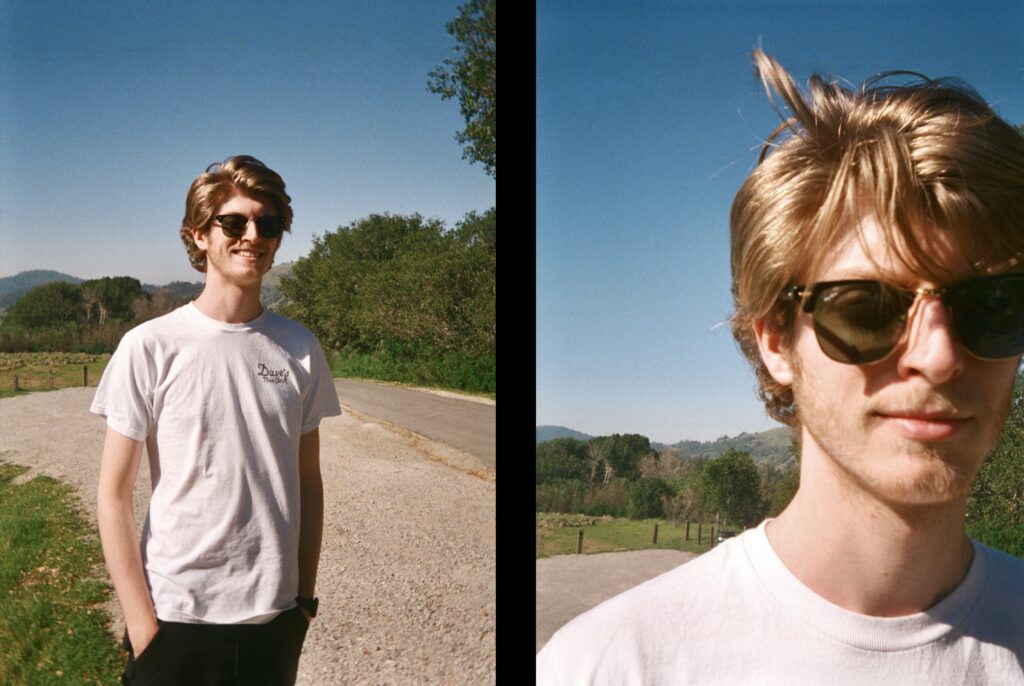
Taken by Kodak EKTAR H35
Budget-conscious photographers will also appreciate the cost-saving aspect of this camera. It uses half-frame 35mm film, which means you can get double the number of images from a single roll.
This not only saves you money on film, but also on processing costs. And the compact size of the EKTAR H35 makes it incredibly convenient to carry around.
The fixed aperture and shutter speed of the EKTAR H35 help you manage light conditions and achieve sharper results. It even has a built-in flash to assist you in low-light situations. However, be aware that the flash may not work in certain environments.

When this film photo camera was introduced in 1972, it was a game-changer. It took the world of 35mm SLRs by storm with its compact size and user-friendly design. The OM-1 is stylish, easy to use, and has a ridiculously bright viewfinder that was way ahead of its time.
One standout feature of the OM-1 is its incredibly sharp image stabilization system which is essential for shooting film. It detects motion, tracks your subject, and applies corrections to keep your shots steady. This means you can shoot at lower shutter speeds and still get crisp, noise-free images.

Taken by Olympus OM-1
The autofocus system on the OM-1 is top-notch. With a high number of focus points and a new 'Quad Pixel' sensor, it offers faster and more accurate autofocus than its predecessors. Plus, the large and clear LCD screen can be tilted to suit your shooting situation, which is a great bonus.
Performance-wise, the OM-1 is fast and responsive. It can record RAW + Super Fine JPEG at up to 50 frames per second, with the buffer clearing in about 25 seconds. The camera also boasts great battery life, so you won't have to worry about running out of juice during your shoot.

One of the main advantages of this Fujifilm Instax Mini 90 is its compact size, making it easy to carry around and use on the go. It's a great option for those who prefer a lightweight camera for travel or everyday use.
In terms of image quality, this instant camera excels. It produces sharp, vibrant, and detailed images with beautiful color rendition. The lens used in this camera is of high quality, allowing for excellent clarity and definition in photographs.
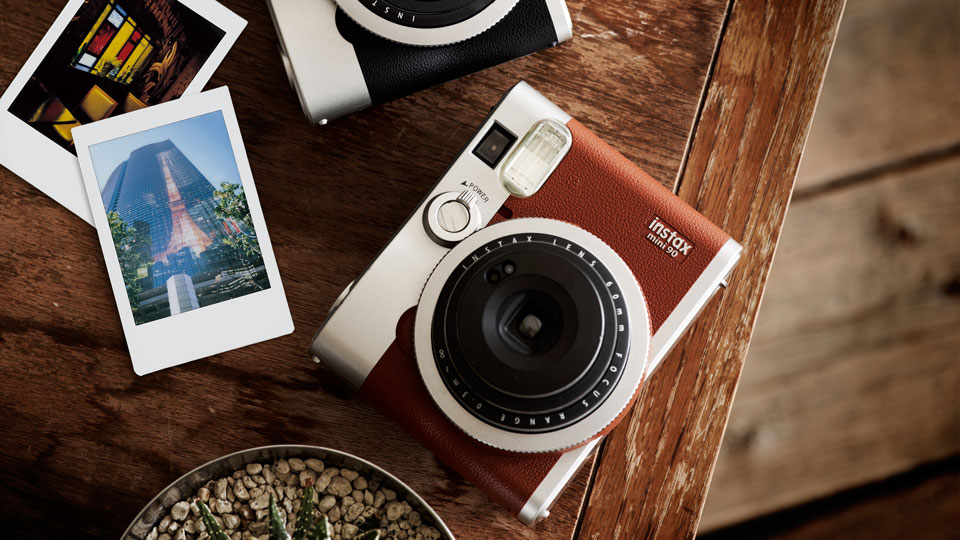
Taken by Fujifilm Instax Mini 90
Another advantage is its simplicity and ease of use. It's a straightforward camera with intuitive controls, making it suitable for beginners or those who prefer a no-frills shooting experience. The camera also features a built-in light meter, which helps in achieving accurate exposures.
One downside is the fixed lens of the camera. While it produces great image quality, it limits the versatility and options for different focal lengths.
So, if you're someone who likes experimenting with different perspectives, this might not be the ideal camera for you.

The metal finish and vintage look of the camera give it a great aesthetic appeal. If you're someone who loves carrying a historical Leica camera, this is a great option for you.
Firstly, it allows you to use any M-mount lens with a suitable adapter. The solid metal body of the camera makes it incredibly durable, and you can use it with confidence for years to come.

Taken by Leica MP
There are very few settings to worry about, which allows you to focus on the image itself. And let's not forget about the classic, simple look of the photographs it produces.
It can be a little difficult to adjust to at first, especially if you're used to digital cameras. It's definitely on the expensive side, and there are other film cameras out there that offer similar features for a lower price.

Fujifilm QuickSnap Flash 400 is a disposable one, which means it's perfect for those fun summer adventures. It's a 35mm single-use camera that comes pre-loaded with Fujicolor Superia X-TRA 400 speed film. This film promises vibrant and lively results in various lighting conditions.
One of the great features of this camera is its built-in flash with a 10-foot range. It's super handy for capturing moments in low-light situations.
Plus, it has a continuous flash switch for easy operation. Taking 27 photos, it's a great choice for capturing memories that will last.
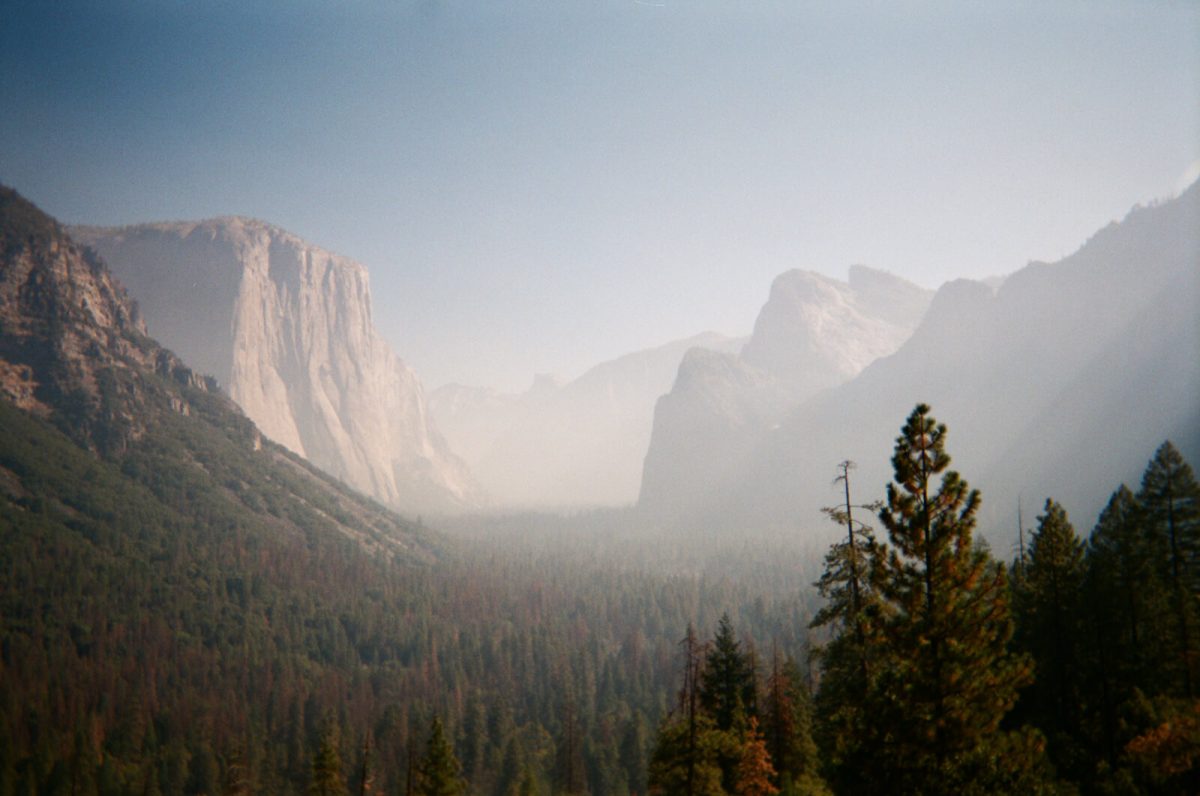
Taken by Fujifilm QuickSnap Flash 400
This Fujifilm camera itself is very simple to use and has a compact design, making it easy to carry around. And let's not forget about the affordability factor – it won't break the bank!
Another positive aspect is the easy-to-operate flash switch. It's much better than what you'd find on more expensive cameras. You can turn it on and off without taking your eyes away from the viewfinder. It's a small detail, but it makes a big difference in usability.

Canon AE-1 film camera is incredibly lightweight and easy to handle, thanks to the use of plastic in its construction. This is a big plus, especially for photographers who need to carry their camera around for hours.
Additionally, the viewfinder is designed to show you the whole picture instead of just the top portion, which is a nice touch.

Taken by Canon AE-1
The ISO dial on the top left is used to adjust the camera's light meter to match the ISO of the loaded film. This is a handy feature that helps to ensure that your photos come out correctly exposed.
You can also set the camera's light meter to over- or under-expose the film for different types of final images that you want to create with the film. This is called ''push processing'' and is very useful for low-light situations. In general, the quality of the photos is great. You can further use the best film scanner to scan your images and create beautiful wall art.

This camera was designed with beginners in mind, and it's a minimalist SLR with no extra settings to confuse the user.
It's fully manual, which means that you need to understand how the camera works before you can begin taking photographs. This can be a great camera for amateur photographers to really learn the fundamentals of photography.

Taken by Pentax K1000
Another advantage of the K1000 is that it can be used without any batteries and it does not require a separate flash unit. This can be a big advantage when you are traveling because it will allow you to take pictures even when there is no light.
In addition, the K1000 has a built-in meter that shows you how well you are exposing the image. This is an important feature that will make it much easier for you to see if your photos are too dark or too light.

Nikon FM-10 is a solid choice for those looking for a reliable and cheap camera. Another advantage of the FM-10 is its compatibility with a wide range of lenses. As a F-mount Nikon camera, it can use the vast selection of Nikon lenses as well as third-party options.
One unique feature of the FM-10 is its connection to the Cosina CT-1, a camera that was also sold under various other brand names. This means that many of the parts are interchangeable, making repairs and maintenance easier.

Taken by Nikon FM-10
However, there are some disadvantages to the FM-10. The viewfinder is not as bright as some other cameras, making it more challenging to see in low light situations.
Additionally, the metering system can be unreliable in tight spaces or when focusing on small subjects.

One of the main advantages of the Leica MA is its traditional look, featuring a rangefinder focusing system and a fast shutter speed to ensure that you get the best results possible from every shot.
You can customize the exposure settings on the M-A to your liking, which is a big plus for any photographer. You can adjust your aperture and shutter speed, as well as the ISO.
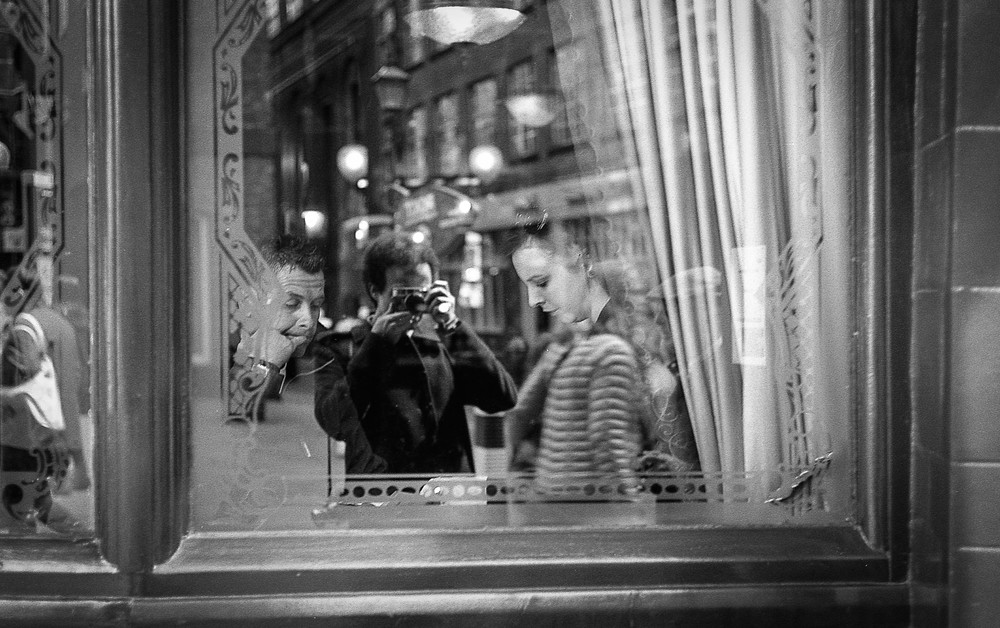
Taken by Leica MА
You can also customize the focus points so that you can be more precise with your compositions and make sure that your subjects are in focus.
You should know that if you are using not Leica lenses but third-party ones, there are some problems with accuracy. The camera will guess your focal length and aperture if it can, but this isn't always 100% accurate.
If you have a wide-angle or telephoto lens, you may need to manually set the focus point for each shot, which is not ideal.

First of all, this camera is a true classic. It's been around since 1972, and it's still a favorite among film photographers and collectors alike.
One of the main advantages of this Canon portrait camera is its compact size and portability. It's an easy camera to carry around, and it's perfect for street or travel photography.

Taken by Canonet G III QL17
Another great feature of this camera is its f/1.7 Summilux 28mm fixed lens, it produces excellent resolution and clarity. It's ideal for low-light shooting and macro, and it offers a wide-angle setting that covers a large area of the frame.
One of the most interesting features of this film camera is the Creative Assist function, which allows you to customize the camera's settings to suit your specific needs.
You can adjust the background blur, brightness, contrast, color tones, and more. It's a handy feature, but it can be a bit slow at times, which can be frustrating.

Released in 1998, the XPan was designed as a coupled rangefinder camera with interchangeable lenses, and was the first camera to use 35mm film with a rubber-covered titanium and aluminum body.
Its dual format capability allowed landscape photographers to capture panoramic images quickly and without having to change film.
It also had a number of other features, including electronic exposure information in the viewfinder and automatic shutter speed compensation.

Taken by Hasselblad XPan
However, the XPan was a very expensive camera, and its mechanical components were not as fault-proof as they are today. As a result, the cameras were not able to survive as long as some modern digital devices are able to do.
Using an XPan is a very different experience than using a regular 35mm camera because the film is inserted into the camera from left to right.
The film is then wound back into the cartridge after each shot, minimizing noise and keeping the exposed film from fogging if the camera is accidentally opened.

This medium format vintage camera was designed in Germany and manufactured in Japan around the 1980s. It takes 120 roll film and features a collapsible internal bellows, making it incredibly compact and easy to carry around.
It also has a Nikkor 80mm lens that takes ten 6x7cm exposures per roll. Additionally, the built-in manual meter is very useful and has a built-in timer for longer exposures.

Taken by Plaubel Makina W67
However, the camera lacks a positive grip, which can be a bit of an issue. The focusing wheel is made of hard plastic and doesn't have as much grip as I would like.
Additionally, the Makina's light meter has a tendency to fade out over time, which can be a bit frustrating.

I've had the chance to shoot with the Fujifilm GW690 film camera and let me tell you, it's a pretty impressive piece of equipment. It takes only medium format film, which makes for some stunningly sharp and detailed negatives.
The fixed 90mm lens is another great feature of this camera. It's a leaf-shutter lens that offers a wide aperture range from f3.5 to f32, and speeds from 1/500th to 1 second, which is great for capturing fast-moving subjects. The lens is also quite sharp and provides excellent contrast at all apertures.

Taken by Fujifilm GW690
The lack of a bulb setting means that taking long exposures can be a bit of a hassle. Additionally, the manual focus can take some getting used to, but it's not a major issue.

This 35mm film camera is built to last and is incredibly reliable, which is important when you're in the middle of a shoot and need your equipment to work flawlessly.
Additionally, the rangefinder focusing system is fast and accurate, which is essential when you're trying to capture the perfect shot.
Another advantage of the Leica M4 is its size. It's a small compact camera that's easy to take on trips or use as a backup for your digital one.
Despite its small size, it's made with a solid brass body and has a durable finish that can withstand even the toughest of conditions.

Taken by Leica M4
Its potential problem is use of an electronic shutter. While this is a great feature for shooting in bright conditions, it can lead to underexposure on certain types of film. This is something to keep in mind if you plan on using the camera for indoor flash shots.

The Contax T3 film camera can be used as a beginner-friendly point-and-shoot camera, with all the features of an SLR.
It offers superior integrated Carl Zeiss Sonnar T 35mm f2.8 lens that produces excellent color reproduction and contrast, and its fast, smooth f-stop range allows you to take sharp, detailed photographs even when working in low-light.
The camera's autofocus system is also very sophisticated and provides accurate focus down to 1.1 feet. Manual focus and infinity lock are also possible.

Taken by Contax T3
One of the main issues is its price tag, which can be steep. Additionally, the camera's resolution isn't as high as that of modern digital cameras, but it still delivers impressive results, good enough to make 8 x 10 enlargements from.

Diana F+ is a great camera for those who are just starting out in film genre. It is easy to use and has a lot of features that are perfect for creative experimentation.
The camera also comes with a flash and a pack of color gel filters that can be used for different effects. It is also compatible with a range of film brands including Fuji Instax Mini Film instant cameras.
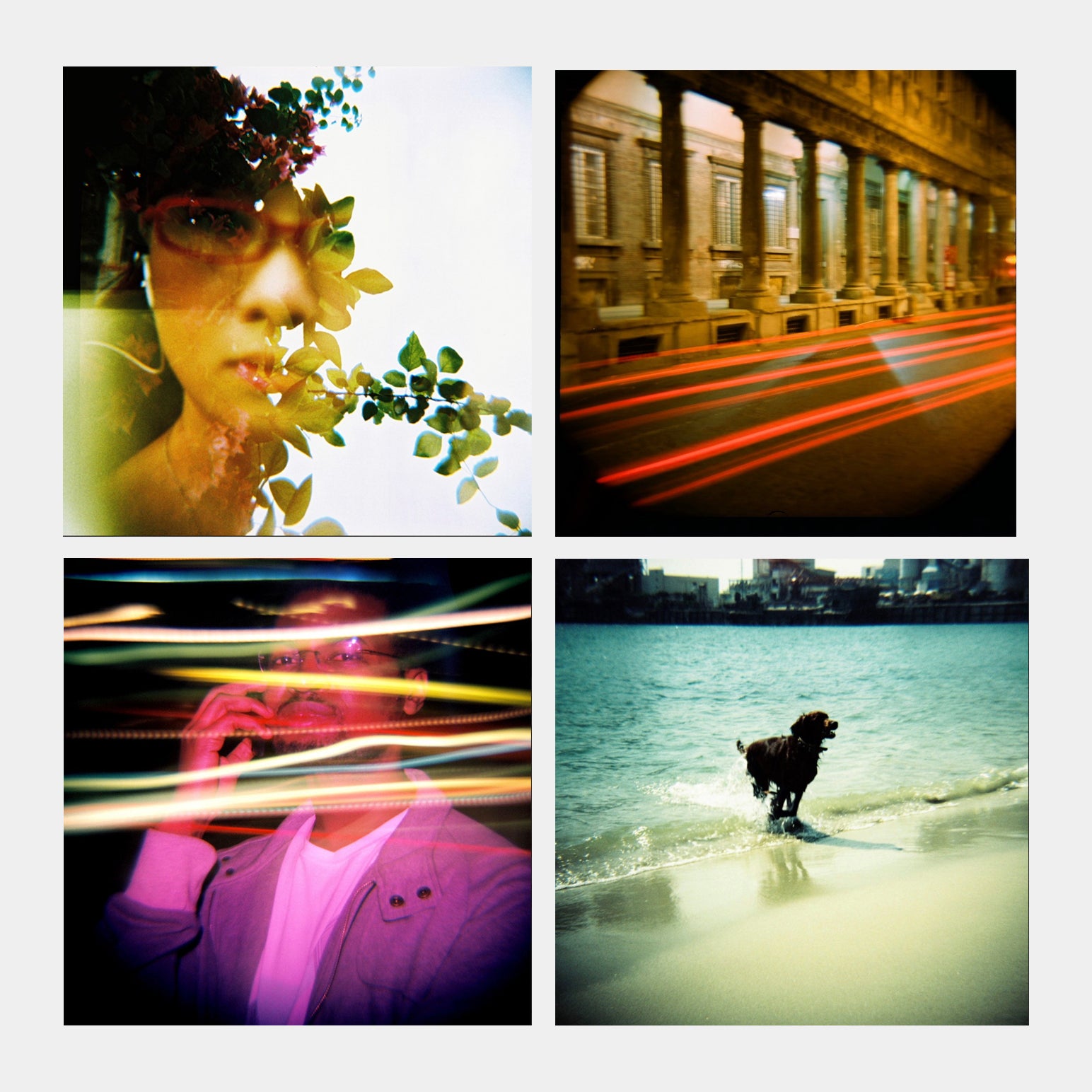
Taken by Lomography Diana F+
The plastic body of the camera can leak light, which can affect the quality of the images produced. The shutter lock can also be a bit finicky and take some getting used to.
It is also important to note that the Diana F+ is a toy camera and therefore not the most reliable option. It can be prone to breaking and may require repairs from time to time.
| IMAGE | NAME | FEATURES | |
|---|---|---|---|

|
Kodak EKTAR H35
OUR CHOICE
|
CHECK PRICE → | |

|
Olympus OM-1
COMPACT
|
CHECK PRICE → | |

|
Fujifilm Instax Mini 90
INSTANT
|
CHECK PRICE → |
The best film camera for you will depend on your budget, shooting style, and aesthetic preferences. Don't be afraid to do your research and try out different cameras before making a decision.
Experience. The choice of film camera depends on the experience of photographer. For example, point-and-shoot models are great for beginners because they're easy to use and relatively cheap. However, if you want to learn more about the fundamentals of photography and become better at it, then an SLR is recommended.

Film size – 35mm universal. The type of film you use and how it's processed can greatly impact the final result. Film comes in various formats, like 35mm or large format, each with its own pros and cons. For example, 35mm is versatile and can be used in most conditions, while large format cameras require more light.
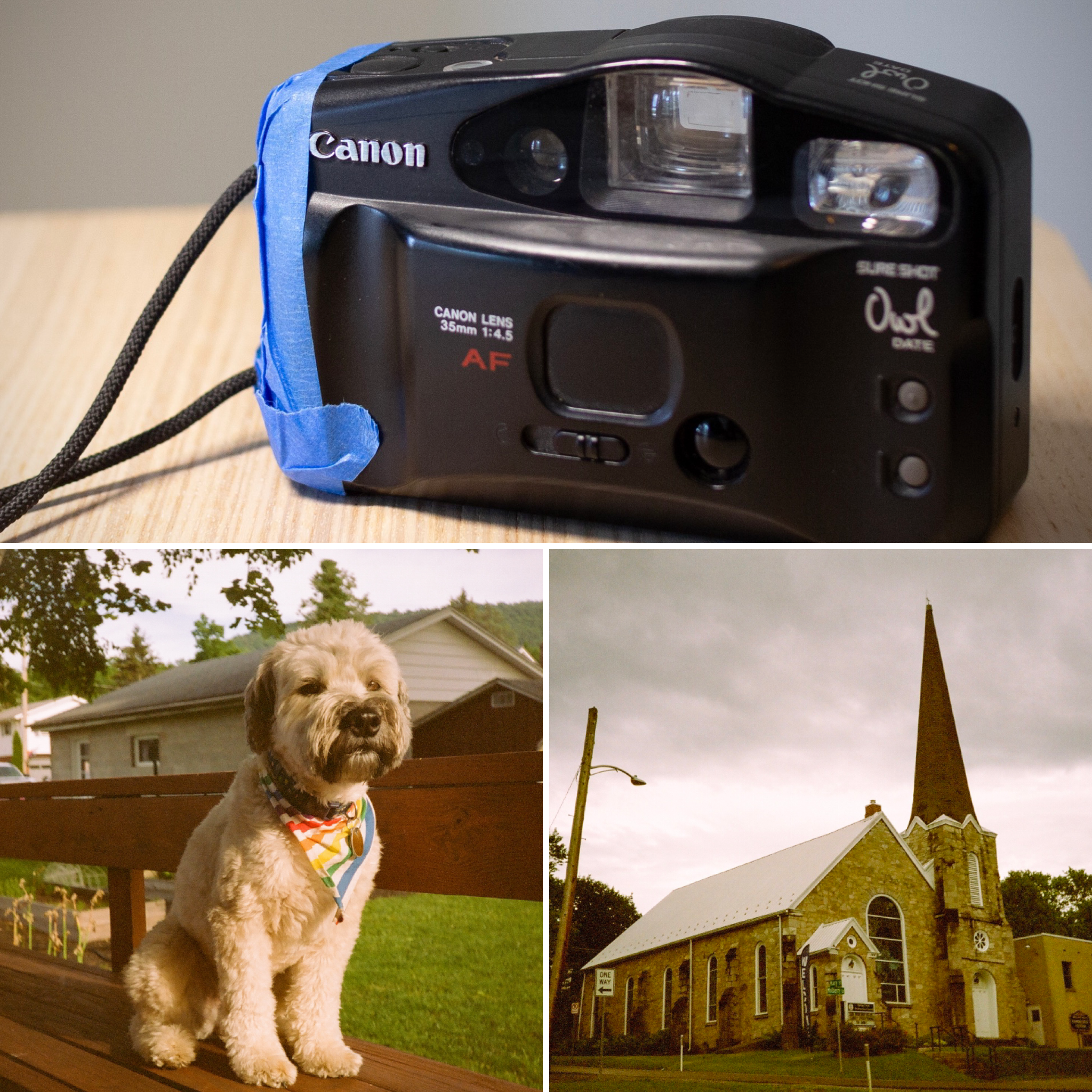
Type of photos – color or b&w. Are you into color or black and white? This decision will guide your camera choice. For vibrant colors, go for a film with panchromatic emulsion, which reproduces colors as we see them. If black and white is your thing, choose a monochromatic emulsion, which is more sensitive to blue and green.
ISO – 100-400 recommended. This determines the film speed (ISO) you'll need for well-exposed photos. Higher ISO allows you to shoot in low-light situations, but keep in mind it introduces more grain. And let's not forget about noise. You don't want a camera that sounds like a small explosion every time you snap a photo. Look for a film camera with a silent shutter for a quieter shooting experience.

Lenses – 80mm for medium format cams. They play a significant role in image quality and can affect how your photos are focused and perceived. There are different types of lenses available, from beginner kits to high-end primes for professional results.
The lens's maximum aperture is important too. A larger aperture allows more light in and can create a shallow depth of field, giving you that dreamy blurred background look. Focal length is another consideration. Longer focal lengths narrow your angle of view and distort perspective, while shorter lenses are more versatile and great for close-ups.
Film photography offers a unique look that cannot be replicated with digital technology. It provides a wide range of vibrant colors and timeless black and white emulsions. The quality of the image produced depends on factors like aperture, shutter speed, and ISO.
Consider the size and comfort of the camera while holding it. Some prefer compact cameras for easy portability, while others opt for larger ones that capture more detail. Additionally, think about whether you prefer a camera with auto mode or one that requires manual control.
It's important to note that there are no guarantees when it comes to film cameras. While some cameras may perform better than others, there is always a risk of technical issues or quality defects. However, with proper advice and research, you can minimize these risks.
Yes, you can. While the market for film cameras has significantly diminished with the rise of digital photography, there are still a few manufacturers producing new film cameras to cater to the demand of film enthusiasts and professionals.
The number of photos you can take with one roll of film depends on the film format and the specific length of the roll. Generally, 35mm film rolls typically allow for 24 or 36 exposures, while medium format rolls can range from 8 to 16 exposures, and large format sheets are typically shot one at a time.
To focus a film camera, you typically use the camera's focusing mechanism, which may vary depending on the camera model. This can include manual focus rings on the lens, split-image rangefinders, or focusing screens that allow you to visually adjust the focus until your subject appears sharp and clear in the viewfinder.